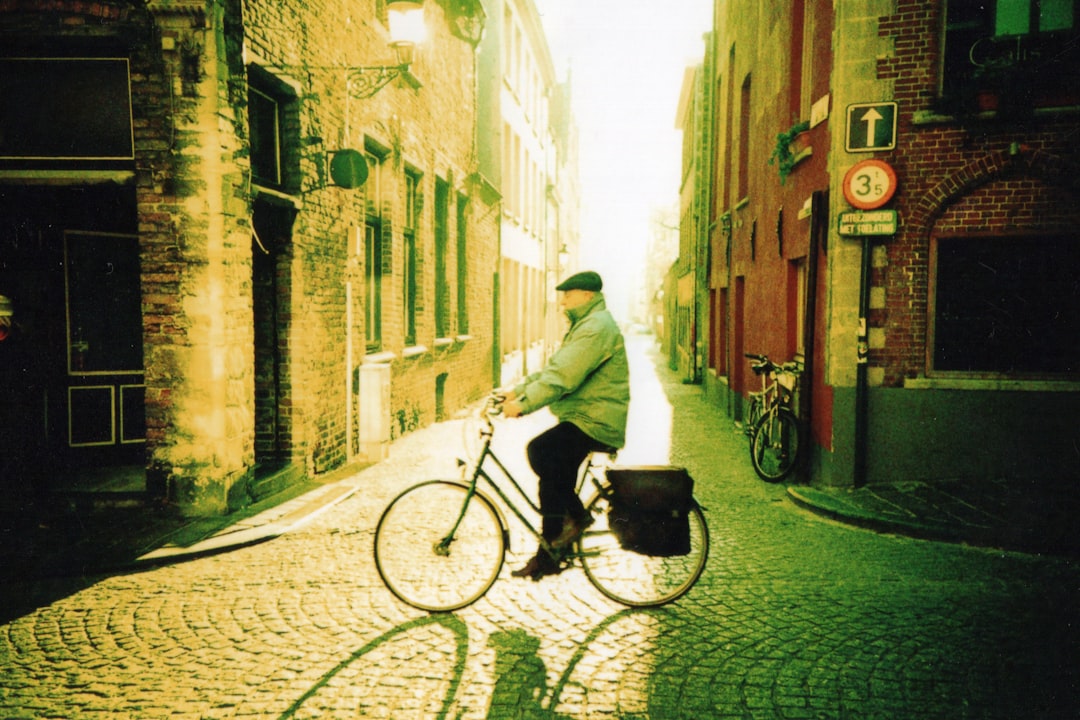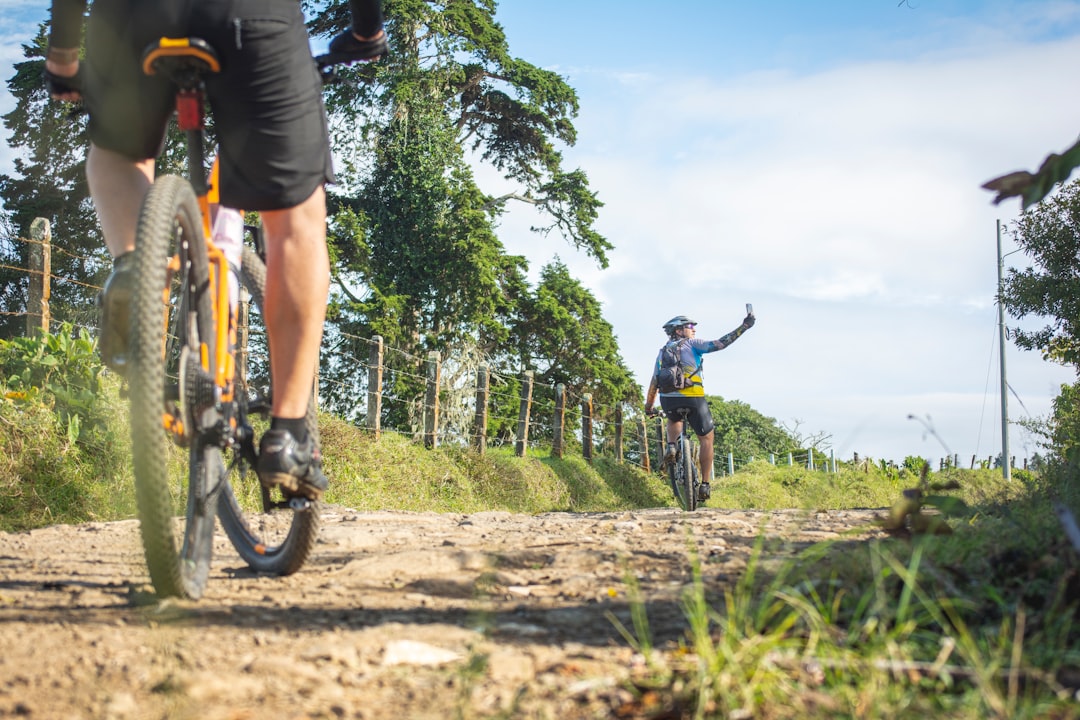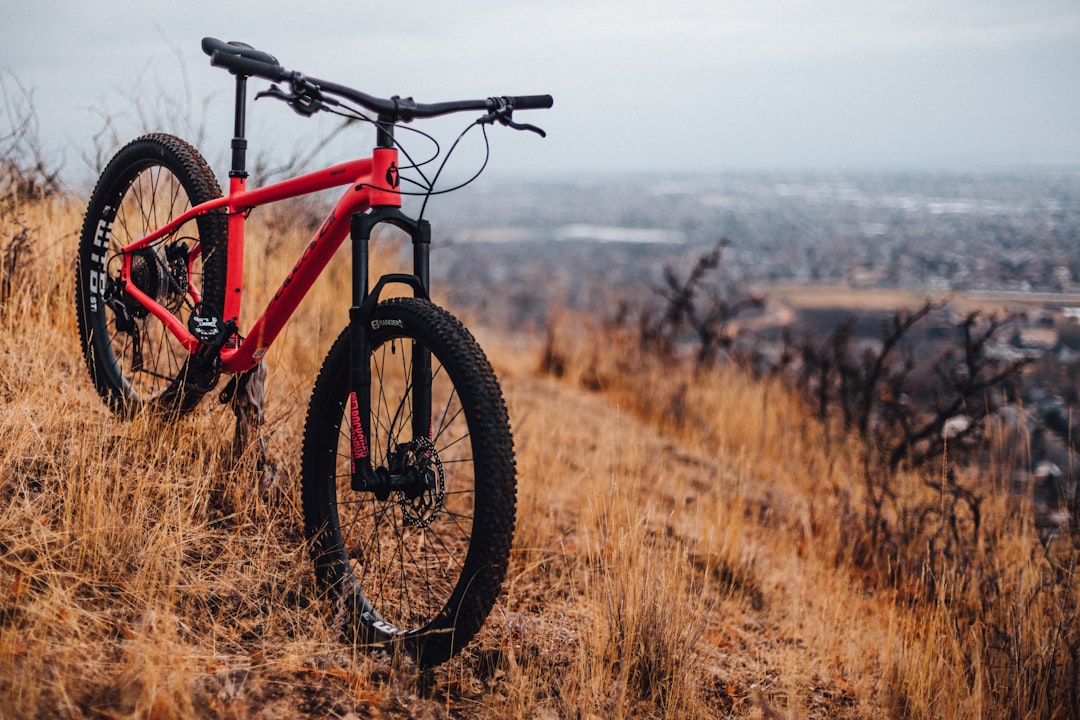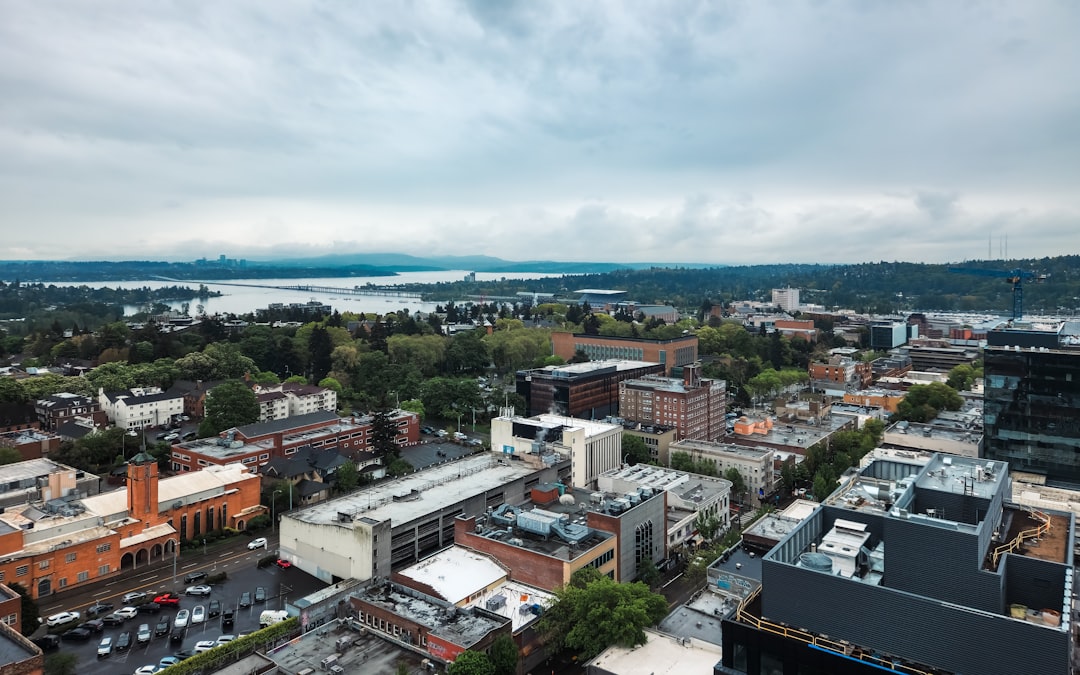Touring cycling is an exhilarating way to experience the world, allowing adventurers to traverse diverse landscapes, immerse themselves in local cultures, and enjoy the freedom of the open road. Unlike traditional cycling, which may focus on speed or competition, touring cycling emphasizes exploration and the journey itself. Whether you are navigating through serene countryside, bustling cities, or rugged mountain trails, a touring cycle is designed to handle various terrains while providing comfort and stability over long distances.
This guide aims to equip you with the knowledge needed to embark on your own two-wheeled adventure, ensuring that you are well-prepared for the challenges and joys that lie ahead. The essence of touring cycling lies in its ability to connect riders with their surroundings. Each pedal stroke can lead to new discoveries, from hidden gems in quaint villages to breathtaking vistas atop mountain passes.
The experience is not just about reaching a destination; it’s about savoring every moment along the way. With the right preparation and mindset, touring cycling can transform your perspective on travel, offering a unique blend of physical activity and cultural immersion that few other forms of travel can match.
Key Takeaways
- The Ultimate Touring Cycle: A Guide to Exploring the World on Two Wheels
- Choosing the Right Touring Cycle for Your Adventure
- Essential Gear and Accessories for Touring Cyclists
- Planning Your Route: Tips for a Successful Cycling Adventure
- Staying Safe on the Road: Important Considerations for Touring Cyclists
Choosing the Right Touring Cycle for Your Adventure
Frame Material and Comfort
Steel frames are renowned for their durability and comfort, while aluminum frames offer a lighter alternative. Additionally, many touring bikes come equipped with wider tires that provide better traction and stability on varied surfaces.
Gearing Options for Challenging TerrainsGearing System Preferences
Furthermore, consider whether you prefer a bike with a traditional derailleur system or an internal hub gear system, which can offer lower maintenance and protection from the elements.
Essential Gear and Accessories for Touring Cyclists

Equipping yourself with the right gear and accessories can significantly enhance your touring experience. A quality set of panniers is essential for carrying your belongings securely and efficiently. These bags attach to the bike’s frame and distribute weight evenly, which is crucial for maintaining balance while riding.
Waterproof panniers are particularly beneficial for protecting your gear from rain and moisture during unpredictable weather conditions. In addition to panniers, investing in a reliable bike lock is vital for safeguarding your bicycle when you stop to explore. A sturdy U-lock or chain lock can deter theft in urban areas where bike theft is more prevalent.
Other essential accessories include a multi-tool for on-the-go repairs, a first-aid kit for minor injuries, and a portable pump to keep your tires inflated. Additionally, consider bringing along a GPS device or smartphone with mapping applications to help navigate unfamiliar routes.
Planning Your Route: Tips for a Successful Cycling Adventure
| Route Planning Tips | Description |
|---|---|
| Research the Terrain | Check the elevation, road conditions, and potential obstacles along your route. |
| Consider the Distance | Plan a distance that is suitable for your fitness level and experience. |
| Check the Weather | Be aware of the weather forecast to ensure a safe and enjoyable ride. |
| Map Out Rest Stops | Identify places where you can take breaks, refuel, and rest along the way. |
| Share Your Itinerary | Inform someone of your planned route and estimated time of return for safety. |
Effective route planning is key to ensuring a smooth and enjoyable cycling adventure. Start by identifying your starting point and desired destination, then research potential routes that align with your interests and skill level. Online resources such as cycling forums, blogs, and mapping tools can provide valuable insights into popular cycling paths and hidden gems along the way.
Consider factors such as road conditions, traffic levels, and elevation changes when selecting your route. It’s also wise to incorporate rest days into your itinerary. Long-distance cycling can be physically demanding, so allowing time for recovery will help prevent fatigue and injury.
Use these rest days to explore local attractions or simply relax in a scenic spot. Additionally, familiarize yourself with local amenities such as grocery stores, campsites, and bike shops along your route to ensure you have access to necessary supplies and support.
Staying Safe on the Road: Important Considerations for Touring Cyclists
Safety should always be a top priority for touring cyclists. Wearing a properly fitted helmet is non-negotiable; it significantly reduces the risk of head injuries in case of accidents. Additionally, wearing bright or reflective clothing enhances visibility, especially when riding in low-light conditions or heavy traffic.
Consider equipping your bike with lights and reflectors to further increase your visibility on the road. Understanding traffic laws and local customs is also essential for safe cycling. Different countries may have varying rules regarding bike lanes, signaling turns, or riding on sidewalks.
Familiarize yourself with these regulations before embarking on your journey to avoid potential fines or dangerous situations. Moreover, always be aware of your surroundings; keep an eye out for vehicles, pedestrians, and other cyclists while maintaining a safe distance from the road’s edge.
Exploring the World’s Most Scenic Cycling Routes

The world is filled with breathtaking cycling routes that cater to touring cyclists seeking adventure and beauty. One such route is the Pacific Coast Highway in California, which offers stunning views of the coastline as it winds through charming seaside towns and rugged cliffs. Cyclists can enjoy fresh seafood at local eateries while taking in the ocean breeze and picturesque sunsets.
Another remarkable route is the Danube Cycle Path in Europe, which stretches over 1,200 kilometers along one of Europe’s most significant rivers. This path takes cyclists through several countries, including Germany, Austria, Slovakia, and Hungary, showcasing diverse landscapes ranging from lush vineyards to historic cities. Along the way, riders can explore castles, sample local wines, and immerse themselves in rich cultural experiences.
Embracing the Challenges of Long-Distance Cycling
Long-distance cycling presents unique challenges that require mental fortitude and physical resilience. Riders may encounter fatigue from hours spent in the saddle or face adverse weather conditions that test their determination. Embracing these challenges is part of what makes touring cycling rewarding; overcoming obstacles fosters personal growth and builds confidence.
To prepare for long-distance rides, it’s essential to train adequately before embarking on your journey. Gradually increase your mileage over several weeks or months leading up to your trip to build endurance and strength. Incorporate varied terrain into your training rides to simulate the conditions you may face on your tour.
Additionally, practice riding with loaded panniers to acclimate yourself to the added weight and adjust your riding style accordingly.
The Benefits of Touring Cycling for Physical and Mental Health
Touring cycling offers numerous benefits for both physical and mental health. Physically, it provides an excellent cardiovascular workout that strengthens the heart and improves overall fitness levels. Regular cycling can help build muscle tone in the legs while enhancing flexibility in joints.
Moreover, it promotes weight management by burning calories effectively during long rides. Mentally, cycling has been shown to reduce stress levels and improve mood through the release of endorphins—often referred to as “feel-good” hormones. The rhythmic nature of pedaling can also serve as a form of meditation, allowing cyclists to clear their minds while enjoying the beauty of their surroundings.
Engaging with nature during rides has been linked to increased feelings of happiness and well-being, making touring cycling not only a physical endeavor but also a holistic approach to mental health.
Connecting with Local Cultures: How Touring Cycling Enhances Travel Experiences
One of the most enriching aspects of touring cycling is the opportunity it provides to connect with local cultures in a way that traditional travel methods often cannot replicate. As cyclists traverse through towns and villages at a slower pace than cars or buses allow, they become more attuned to their surroundings and can engage with locals more easily. Stopping at roadside markets or cafes offers chances for meaningful interactions that can lead to friendships or memorable experiences.
Additionally, cycling through diverse regions allows travelers to experience local customs firsthand—whether it’s participating in a traditional festival or sampling regional cuisine at family-owned restaurants. These interactions foster a deeper understanding of different cultures and create lasting memories that go beyond mere sightseeing.
Sustainable Travel: The Eco-Friendly Advantages of Touring Cycling
Touring cycling stands out as an eco-friendly mode of travel that significantly reduces carbon footprints compared to motorized transportation options. By choosing to cycle instead of driving or flying, travelers contribute less pollution to the environment while promoting sustainable tourism practices. This form of travel encourages minimalism; cyclists often carry only what they need for their journey, reducing waste associated with excess baggage.
Moreover, many regions actively promote cycling as a means of transportation by developing bike-friendly infrastructure such as dedicated lanes and parking facilities. Supporting local economies by patronizing small businesses along cycling routes further enhances sustainability efforts while fostering community engagement.
Tips for Maintaining and Repairing Your Touring Cycle on the Road
Maintaining your touring cycle while on the road is essential for ensuring a smooth journey free from mechanical issues. Regularly checking tire pressure before each ride can prevent flats and improve overall performance. Additionally, inspect brakes frequently; worn brake pads can compromise safety during descents or sudden stops.
Carrying essential tools such as tire levers, patch kits, and multi-tools will enable you to address minor repairs quickly without needing professional assistance. Familiarize yourself with basic bike maintenance tasks like adjusting derailleurs or lubricating chains before hitting the road so you can confidently tackle any issues that arise during your adventure. By embracing these practices and preparing adequately for your journey ahead, you can embark on an unforgettable touring cycling experience that not only challenges you physically but also enriches your understanding of the world around you.















Leave a Reply